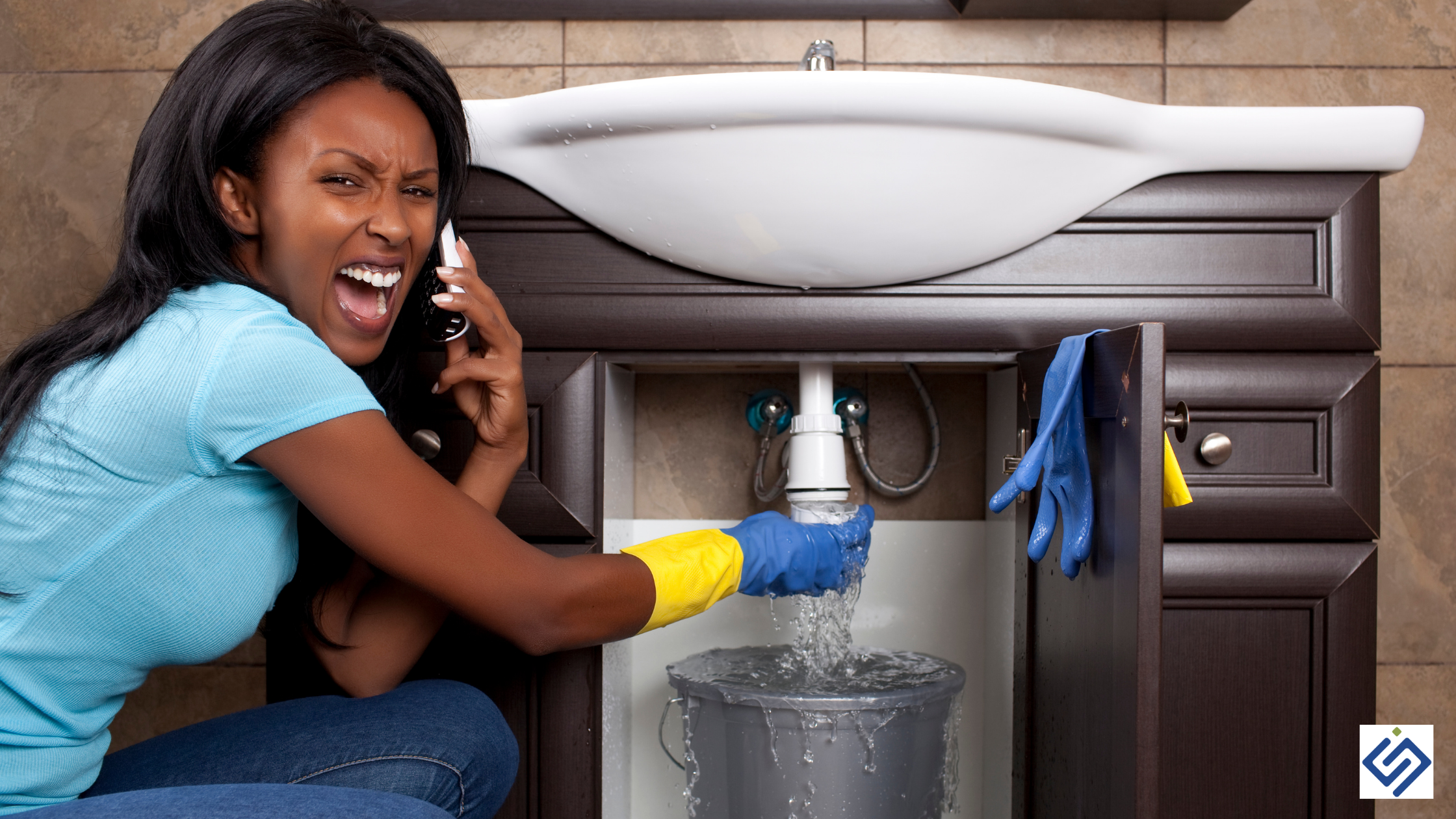Preventing Water Damage in the Bathroom
Preventing Water Damage in the Bathroom
Blog Article
Just about everyone will have their unique thinking on the subject of Preventing Water Damage in the Bathroom.

The washroom is exceptionally at risk for wet buildup and also possible water damages because of the regular use of water in it. This short article provides easy evaluation techniques to help detecting water damage hazards.
The constant use water in the shower room makes it very prone for damp accumulation and possible water damages. By checking it frequently, you can decrease water related problems.
The adhering to collection of evaluations is very easy to execute as well as ought to be done once in every 3 months in order to maintain your restroom in good shape and also to avoid prospective water damages brought on by the tub, the shower, pipe joints and plumbing, sinks, closets, as well as the toilet
Do not forget doing these evaluations and be detailed while doing them. Keep in mind that these straightforward assessments can save you a lot of cash by offering very early indicators for water damage
Sinks and also Cabinets
Sinks as well as cabinets are subjected to moisture and also humidity daily as well as are frequently forgotten. Check regularly under the sink and also on the countertop over it. Repair any kind of drip in the trap as it may suggest drainpipe problems. Browse the sink, slow draining pipelines may suggest a blocked drainpipe. Replace sink seals if they are split or loose.
Tub and Shower
The shower as well as bath tub need unique interest and also maintenance. Examine the ceramic tiles and also replace if fractured. Make sure that there is no missing out on grout between the floor tiles. Examine and also replace split caulking at joints where the wall surfaces satisfy the flooring or the bathtub. Blocked drains pipes and pipelines troubles will stop the bathtub from drying and also may suggest significant problems underneath the bath tub. Speak with an expert immediately to avoid architectural damages. Take note of stainings or soft locations around the bathtub walls as they might show an internal leak.
Plumbing
Signs for water damages are tough to detect considering that the majority of pipes are installed inside the walls.
Pay unique focus to flooring and wall surfaces dampness and also stains as they might indicate an unnoticeable plumbing issue. Examine dampness levels in adjoining spaces also.
The Commode
The commode is a vulnerable water junction. Inspect the water lines as well as look for leakages around the commode seat, in the hose, and under the water tank. If you discover any type of indicators of dampness on the flooring around the commode, check for leaks in the toilet rim and tank seals.
Understand that hanging commode dish antiperspirants boosts the possibilities for blockages.
TIPS TO PREVENT WATER DAMAGE IN THE BATHROOM
The average household uses approximately 80-100 gallons of water per person per day. For a family of 4, that's almost 2,500 gallons of water a week! The largest portion of this consumption comes from bathroom use. Flushing the toilet uses the most water, followed by taking a shower or bath. With that much water running through the home, water damage in the bathroom is bound to happen. Knowing how to spot signs of a water leak is essential to preventing long-term damage. This guide provides you with tips to reduce the impact of water damage on your bathroom.
CAUSES OF BATHROOM WATER DAMAGE
Pipe breaks are the most common cause of water damage we see in our daily jobs. The age of a pipe plays a large role in a pipe break as well as corrosion. Over time, the metal begins to break down, allowing water to escape. Frozen pipe breaks are also a concern in the winter months. Toilet overflows caused by paper products or children flushing inappropriate items. Degraded caulking around the toilet or bathtub can allow water seepage, sometimes behind the fixture, into the subfloor or walls. Condensation forms when the water in a pipe is cooler than the air temperature. Beads of water form on the exterior of the pipes, sometimes so much so that the water begins to drip and pool below. Sink or shower backups created by poor drainage. HOW TO PREVENT WATER DAMAGE IN YOUR BATHROOM
Inspect your toilet supply line for worn or frayed hoses and replace them as needed. Winterize your plumbing to prevent a frozen pipe break. Use vent fans to prevent condensation that can lead to mold growth. Routinely check and replace degraded caulking around your toilet or bathtub. Increase the temperature in your toilet tank and insulate your pipes during the warm summer months to keep condensation from forming. Use child safety locks on the toilets. Flush only toilet paper. "Flushable" wet wipes are actually not good for your plumbing system. Additionally, feminine hygiene products should not be flushed. Prevent water from escaping the tub or shower. Make sure shower curtains are in good condition. Inspect shower doors and replace the seal strip if necessary. Wipe up any water that accumulates on the floor and use bath mats. Water left to sit can cause damage to the tiles and flooring. Refrain from using bath products containing heavy oils to avoid a clogged drain.

As a keen reader on How to Repair and Prevent Bathroom Water Damage, I imagined sharing that excerpt was smart. Sharing is caring. You won't know, you may be doing someone a favor. I value reading our article about How to Fix a Water Damage Bathroom.
Article Report this page